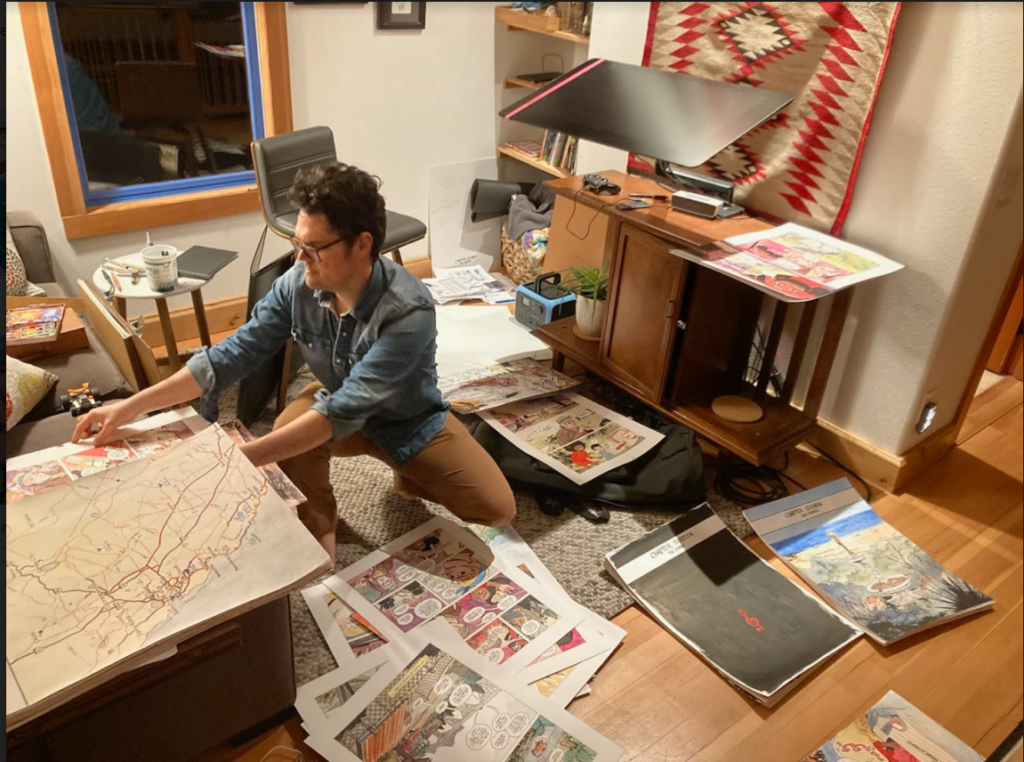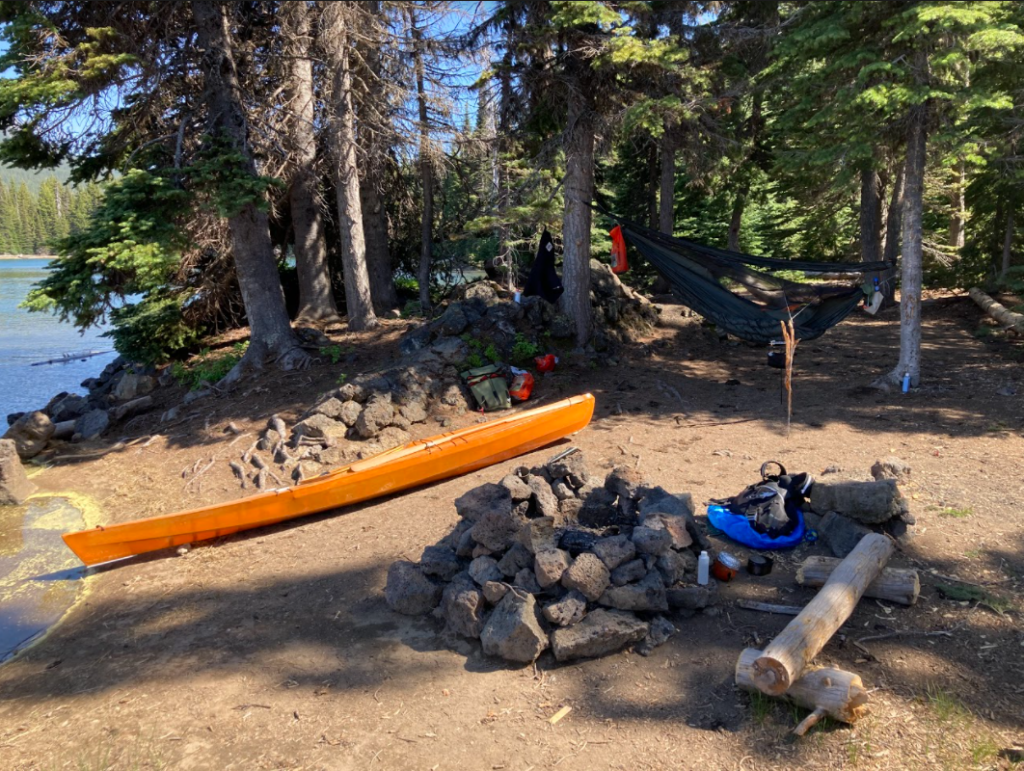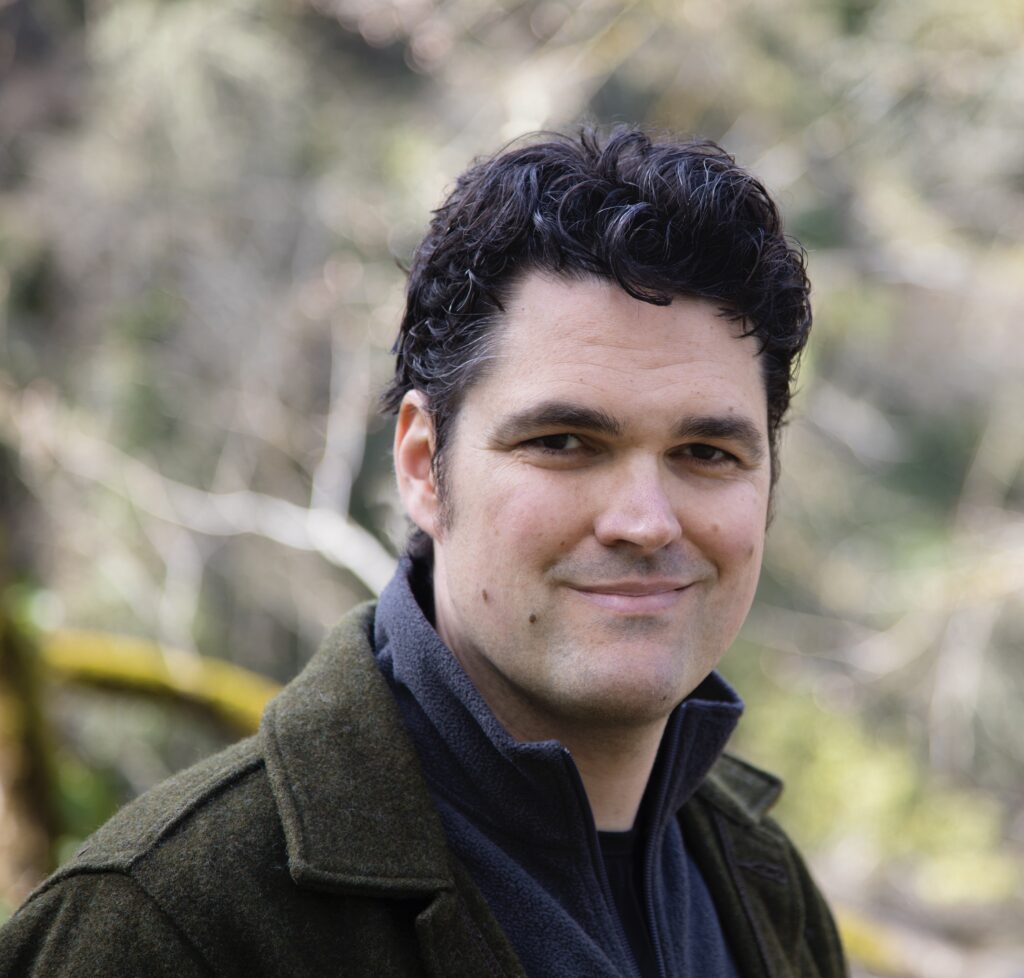A Sanctuary of Wings, a guest post by Jonathan Case

*Content warning: Loss of a child
When have you experienced awe?
I mean awe like you’re a witness to something so powerful, it’s sort of beyond understanding.
When I enter a grove where thousands of monarch butterflies cluster in the canopy, for me, it’s like entering a cathedral.
They weigh down branches. When their wings beat all together, there’s a sound like rushing water. But the main thing, the thing that’s beyond my understanding, is that one by one, they found their way to that grove, sometimes from thousands of miles away — and not a single one of them has ever been there before.

Twelve years ago my wife, Sarah, and I decided to try for a baby. I panicked. I was only starting my career. How would I balance raising a kid with my mission to make books?
ADVERTISEMENT
ADVERTISEMENT
Reality and its supposed worthwhile experiences didn’t always appeal to me. I’ve lived most of my life inside other people’s made-up stories, and I liked it there. I wrote my first book that way, as a mashup of my favorite nerdy obsessions. I could do it well, but with that as my main skill set, I didn’t feel very prepared to nurture a kid.
I thought that maybe writing something for my future kids would help me get my head in the game. It needed to be challenging — not a small project, but something where I’d have to apply my full energy.
If I could write a story that would force me into real adventures, maybe I’d become a more competent human. Maybe I’d be a better parent, ready for the unpredictable! Ready to share practical knowledge that I didn’t yet have, at all!
It was kind of a ridiculous plan, but it excited me. I figured I’d found a way to take ownership of some part of reality, and wasn’t that what adults were supposed to do? If it wasn’t, it was close enough for me.
I needed to find an invitation to the real world, though — a subject that would pull me along. I chose monarch butterflies without knowing much about them except that they covered a lot of ground, and I wanted to do likewise.
I developed a mechanism: Every place I went, I took a photograph of the scenery and marked it with GPS coordinates and a compass heading. When I got home from a research trip, I’d redraw that scenery, adding imaginary details and characters, but keeping the coordinates in the comics panels. That way, readers could literally follow the same route lock-step with my story. They could visit the same places — maybe a hot spring, or a hidden waterfall. I hoped it would add up to an intimate, shared journey: Writer to character to reader.
Notice that I mentioned starting all this 12 years ago.
Not all those years were spent solely on Little Monarchs, but making all of it work was certainly an adventure. There were a half dozen false starts, and lots of effort had to be scrapped. Whole research trips sometimes left me with very few usable pieces.
Smart writers would have predicted this, but finessing an exciting story into really specific points on a map was tough. I also had a hard time weaving the real-life details I discovered into a brisk adventure. I figured if the book felt educational, I had failed young readers.
I also wanted to draw, letter, and paint everything in full color with traditional materials. No tablets, no computers, so that all of the book would feel rooted to the physical world. Basically, I made lots of my own difficulties.

One particular difficulty, though, I didn’t expect.
I took two major road trips to gather reference for Little Monarchs: The first in 2012, when Sarah was pregnant with our first child, Dorothy, and the second in 2016, ten months after we lost our son, Otis. He was about to turn two.

He died of complications from a febrile seizure — something we didn’t know affects 5% of children. Most carry on in good good health, obviously, but that wasn’t Otis’s story. We were supported by incredible kindness through his loss, but in the months that followed, we also walked through a living hell of sickness, a wrecked car, and broken relationships with close family. It was a nightmare.
After I said goodbye to Otis at the hospital, to my surprise, I couldn’t cry for him anymore. That was the worst pain of my grief: Wanting to cry, wanting the emotional connection to my son, but not finding it. I went to see a counselor, and I was stunned to discover that my experience was more common than not. Still, I was desperate for a way to feel something.
“Seek out experiences of awe,” my counselor said. “Live music … art, nature.”
I don’t know how this happened — the grace of the timing, I mean — but my experience with the monarchs became that sanctuary of awe that I needed. It had been forming up over years, making itself ready.

There was so much I didn’t know when I began the book, but one of the most important pieces was that monarchs are a primary symbol in the Day of the Dead. Their return to overwintering sites happens around the same time, in early November. The butterflies represent spirits of the departed — especially anyone who dies too young. I even found reference to the same ideas with other butterfly species in other distant cultures. In Showa, a manga by Shigeru Mizuki, he returns to the site of a WW2 battlefield, where he anoints the bones of his fallen comrades with sake, and butterflies descend upon them, pouring out of the jungle in a whirl of color.
On the second research trip for Little Monarchs, my family and I happened to visit one of their overwintering sites in Santa Cruz. It was November 1st, 2016, the Day of the Dead.
Seeing the butterflies that day roosting and darting through the light was overwhelming for us. My wife and I each carry our loss differently, but we connected there, partly because we recognized the monarchs’ spiritual significance, and partly because we knew the incredible biology that drives them.
It takes three generations for monarchs to fly north during spring and summer. Each lives only about six weeks. By the time generation four arrives, cold weather is on the way. When the newly-transformed butterflies sense that cold, they do something incredible: They stop growing up. Diapause halts their reproductive development and allows them to live six to eight times longer than their ancestors.
Alone, and in one trip, this single generation flies all the way back south — sometimes 2,000, even 3,000 miles — to groves it’s never seen before. No parent gives them directions. They just know.

That staggers me. Even after all these years, I’m still awestruck by that fact. It doesn’t heal my pain or even bring the tears I wanted for my son, but it did touch and enliven me in ways that people, books, and religion couldn’t.
I chose to write my son into Little Monarchs. It was a way for me to recall his half-formed words and mannerisms, even if now I can’t always remember what’s his and what I invented. It’s imperfect, but it’s a mark of our experience together. This isn’t a part of the book that’s easy for me to share with the world, but so far I don’t regret it.
As Little Monarchs journeys out of my hands and into the world, I’m trying to stay connected to my initial inspiration: Sharing adventures with my family, and finding sources of awe. This spring, for a book tour, I’m taking my daughters on the road with me to revisit places I wrote into the book. With every copy that leaves my hands, we’ll also give away packets of native milkweed seeds. These will make food sources for monarch caterpillars and help in a little way to support their struggling numbers.
If you don’t have a place to plant seeds but want to support monarchs and their habitat, consider giving to the Xerces Society and Monarch Joint Venture — both leaders in that space.

I hope you find some awe this year, and benefit from it. As someone who still likes to spend lots of time in other people’s stories, maybe I can encourage both of us this way:
Every day, I hold a little version of the world under my thumbs. It’s a unique thrill to look down at that little world and choose where I’ll go. I can be delighted or shocked. I might laugh. I might even experience a sense of wonder. But I probably won’t be awestruck.
For that, I have to look up.
Meet the author

Jonathan Case is an Eisner award-winning cartoonist whose works include Dear Creature, Green River Killer: A True Detective Story by Jeff Jensen, and The New Deal, an Amazon Best Book of the Year which was also nominated for Reuben and Harvey Awards. He lives in Silverton, Oregon, with his family.
The Xerces Society
Monarch Joint Venture
https://monarchjointventure.org
My site
Instagram:
Twitter:
About Little Monarchs
This graphic novel adventure tells the story of 10-year-old Elvie and her crucial mission to save humanity from extinction after a sun shift has changed life on earth as we know it.
It’s been fifty years since a sun shift wiped out nearly all mammal life across the earth.
Towns and cities are abandoned relics, autonomous machines maintain roadways, and the world is slowly being reclaimed by nature. Isolated pockets of survivors keep to themselves in underground sites, hiding from the lethal sunlight by day and coming above ground at night.
10-year-old Elvie and her caretaker, Flora, a biologist, are the only two humans who can survive during daylight because Flora made an incredible discovery – a way to make an antidote to sun sickness using the scales from monarch butterfly wings. Unfortunately, it can only be made in small quantities and has a short shelf life.
Free to travel during the day, Elvie and Flora follow monarchs as they migrate across the former Western United States, constantly making new medicine for themselves while trying to find a way to make a vaccine they can share with everyone. Will they discover a way to go from a treatment to a cure and preserve what remains of humanity, or will their efforts be thwarted by disaster and the very people they are trying to save?
Little Monarchs is a new kind of graphic novel adventure—one that invites readers to take an intimate look at the natural world and the secrets hidden within. Elvie and Flora’s adventures take place in real locations marked panel-by-panel with coordinates and a compass heading. Curious readers can follow their travel routes and see the same landscapes—whether it be a secluded butterfly grove on the California coast or a hot-springs in the high desert. Through both comic narrative and journal entries, readers learn the basics of star navigation, how to tie useful knots, and other survival skills applicable in the natural world.
Creator Jonathan Case acquired the fact-based portion of Little Monarchs through intensive research and several expeditions to study monarchs across the western United States. Scientific support also came from the Xerces Society, the world leaders in monarch preservation.
A Junior Library Guild Gold Standard Selection
ISBN-13: 9780823442607
Publisher: Holiday House
Publication date: 04/05/2022
Age Range: 9 – 12 Years
Filed under: Uncategorized
About Amanda MacGregor
Amanda MacGregor works in an elementary library, loves dogs, and can be found on Twitter @CiteSomething.
ADVERTISEMENT
ADVERTISEMENT
SLJ Blog Network
Name That LEGO Book Cover! (#53)
Cover Reveal and Q&A: The One and Only Googoosh with Azadeh Westergaard
K is in Trouble | Review
Fighting Public School Book Bans with the Civil Rights Act
ADVERTISEMENT







